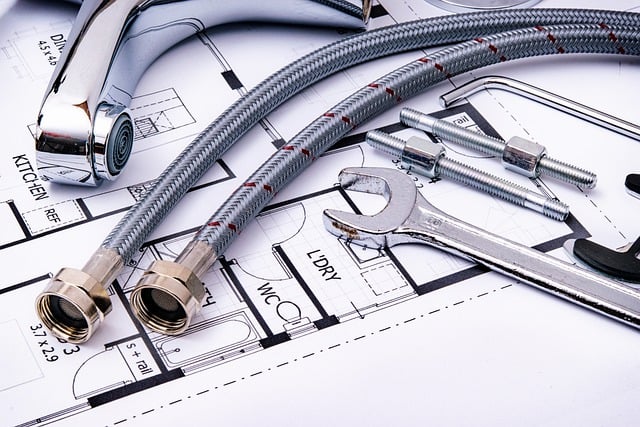The Ultimate Guide to Plumbering Services for a Smooth-Flowing Home
Finding and Vetting Quality Professional Plumbering Contractors
Hiring trusted professionals for your plumbering needs is crucial to ensure safety, reliability, and long-term satisfaction. Follow these steps to find and vet quality plumbering contractors:
- Research Online Reviews and Ratings: Check reputable websites like Google My Business, Yelp, and HomeAdvisor for reviews and ratings of plumbering companies in your area. Look for contractors with consistently positive feedback and high ratings.
- Ask for Recommendations: Seek referrals from friends, family, neighbors, or local businesses who have recently used plumbering services. Personal recommendations can provide valuable insights into the contractor’s skills and reliability.
- Check for Proper Licensing and Insurance: Ensure the plumber you choose is licensed and insured. This protects you from potential legal liability and ensures they meet industry standards.
- Conduct Interviews and Ask for References: Schedule interviews with a few shortlisted contractors. Ask about their experience, qualifications, warranty policies, and references from previous clients. Contact the references to verify their work quality.
- Review Past Work and Get Multiple Quotes: Request portfolios or photos of the contractor’s past work. Get multiple quotes to compare prices and services offered. Consider factors like material quality, labor costs, and the overall value for your investment.
DIY Homeowner Section
For homeowners who enjoy hands-on projects, here are some tips and advice for tackling DIY plumbering tasks:
Essential Plumbering Tools and Materials:
- Adjustable wrench
- Pipe wrench
- Plunger
- Drain snake
- Teflon tape
- Pipe sealant
- Pipe fittings (e.g., elbows, T-joints)
Step-by-Step Guides for Simple DIY Plumbering Projects:
- Unclogging a Drain: Use a plunger or drain snake to remove clogs from sinks, toilets, and showers.
- Replacing a Faucet: Shut off the water supply, remove the old faucet, and install the new one using plumbering tape and sealant.
- Fixing a Leaky Pipe: Identify the leak source, tighten the connection, or replace the damaged pipe section.
Caution: Major plumbering projects involving gas lines, sewer systems, or extensive pipe replacements should be left to licensed professionals to ensure safety and prevent potential damage.
TL;DR
Maintaining a well-kept plumbering system is essential for a comfortable and healthy home. Hiring quality plumbering contractors or undertaking DIY projects can effectively address plumbering issues, prevent costly repairs, and enhance your home’s overall value.
Take action today to ensure your plumbering system is flowing smoothly. Whether you choose to hire a professional or tackle DIY projects, the resources and tips in this guide will help you achieve your goals.
Additional Resources
- The Homeowner’s Guide to Plumbing and Electrical Repairs by Dave Toth
- Plumbing for Dummies
- DIY Plumbing Channel by Mike Holmes




Leave a Reply
You must be logged in to post a comment.